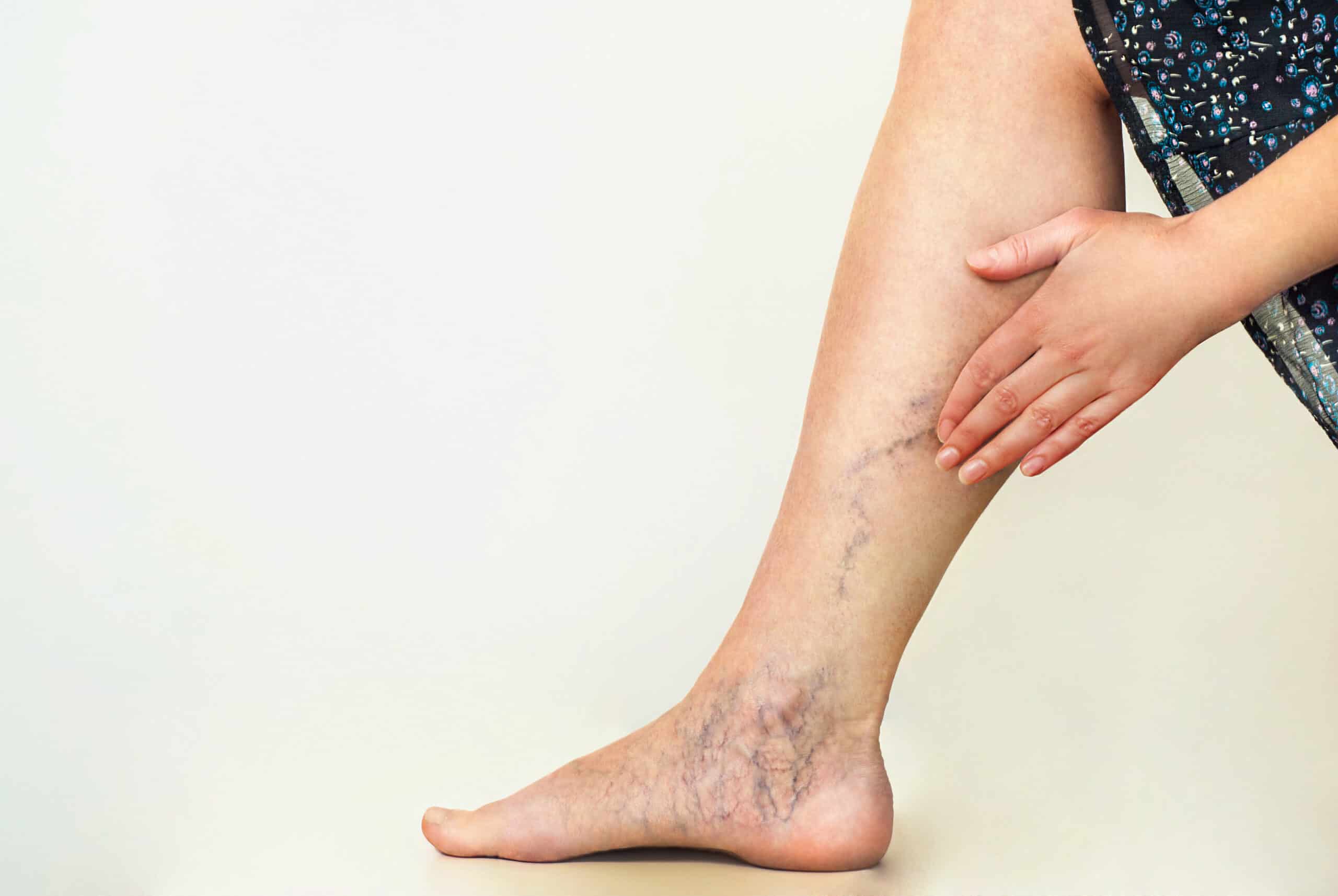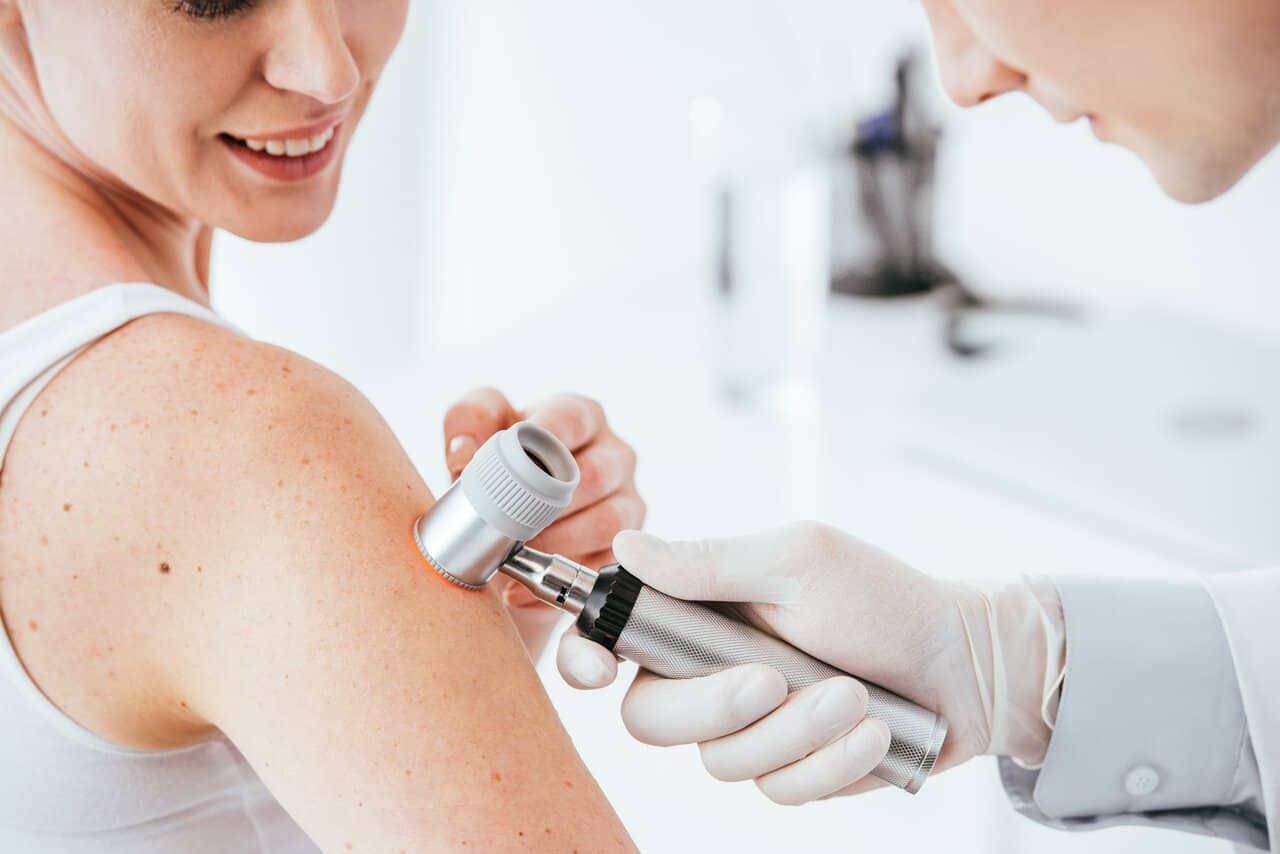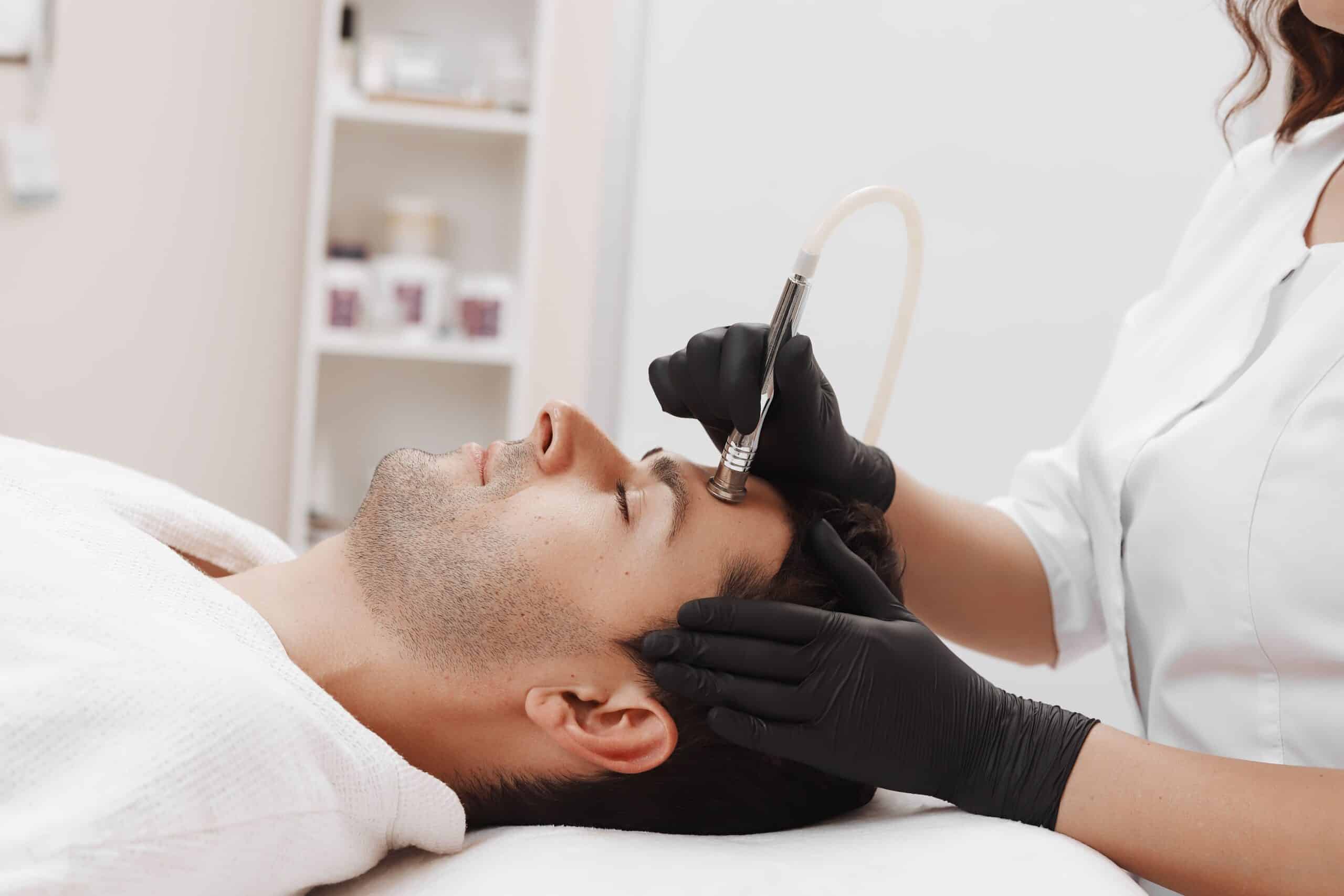Skin pigmentation disorders affect many people in the UK and worldwide and are characterised by the development of lighter or darker patches of the skin. Pigmanorm cream is used to treat melasma, a common pigmentation disorder where brown or grey patches develop on the face, typically the bridge of the nose, cheeks, forehead and upper lip. A treatment for melasma is Pigmanorm cream. If you have been prescribed Pigmanorm cream to be used on a regular basis to improve the overall quality of your skin, especially the pigmentation, here is some useful information.
The important thing to remember is Pigmanorm cream can be an irritant and therefore your skin may become inflamed and peel if you use the cream too liberally. Your skin will, however, build up a tolerance to it with time so it is advised to start to use the cream intermittently to begin with. This could either be for three to four hours a day, or just overnight twice a week, depending on which regime works best for you and your lifestyle.
By using the cream intermittently for approximately two weeks, you will begin to develop tolerance and can then start to use the cream overnight every other night. Assuming you don’t have any untoward reactions in terms of redness or dramatic peeling, you can then begin to use it overnight every night after another two weeks. This regime usually allows you to build up tolerance to the Pigmanorm without too much local irritation. You should not apply the product to any treated areas of skin until they have healed completely. If you develop any reaction, stop using the Pigmanorm and continue your normal skin care routine. The reaction will settle over a few days and you can then re-start more cautiously. If you continue to have reactions to the cream or any other concerns, contact your consultant dermatologist.
As Pigmanorm may make your skin slightly more sensitive, you should be cautious about using other creams or lotions containing Vitamin A. You will also need to be obsessional about sun protection, sun avoidance and the use of high factor sunscreens protecting against both UVA and UVB. If you are travelling to any hot countries, it is recommended to stop using Pigmanorm 7-10 days before your departure. When you return, you can resume use but be cautious.
You should not use Pigmanorm for more than 8 weeks without discussing it with your consultant as it contains a strong anti-inflammatory steroid cream which can thin the skin if overused. If you have any queries or concerns, please do not hesitate to contact your consultant.
If you would like to download this information sheet as a PDF – click here.
FREQUENTLY ASKED QUESTIONS
HOW LONG CAN I USE PIGMANORM CREAM FOR?
Your consultant dermatologist will advise you on how long you should use the cream for. It is advised not to be used for more than 8 weeks consecutively as it can thin the skin if overused.
WHAT TREATMENTS ARE AVAILABLE FOR SKIN PIGMENTATION?
Skin pigmentation can be treated in a number of ways at the Stratum Dermatology Clinics. Laser treatments, chemical peels, cryotherapy (freezing), intense pulsed light treatment and lightening creams such as Pigmanorm call all be used to treat skin pigmentation. During your consultation, the best treatment option will be recommended for you.
WHAT ARE THE CAUSES OF MELASMA?
Melasma is caused by a malfunction of melanocytes in the skin, causing them to produce too much colour. People with darker skin tones are more likely to develop melasma as their skin tone contains more melanocytes. Hormones can trigger the development of melasma, particularly when pregnant or when taking contraceptive pills. Sun exposure also causes melasma so it is advised to limit sun exposure, wear a hat when outside and always use sunscreen.
WILL MY MELASMA GO AWAY ON ITS OWN?
As melasma is often caused by hormonal changes, often in pregnancy or from taking contraception pills, treatment for melasma is not always needed as it may fade when hormones change again. However, for some people, melasma can last indefinitely, where treatment can be used to help remove or fade the pigmented patches.




